Forget Santiago de Compostela: Moses was no Spaniard, and when he walked, he walked up Jebel Musa in the Sinai Peninsula. Photos by Cairo-based photographer David Degner
Mount Sinai—also known as Mount Horeb, Mount Musa, Jabal Musa—is the name of a mountain in Saint Katherine city, in the Sinai Peninsula of Egypt The summit of the mountain has a mosque which is still prayed in by Muslims today, and a Greek Orthodox chapel which is not open to the public. The chapel supposedly encloses the rock from which God made the Tablets of the Law. It’s a sometimes restive region, where kidnappings have become something of a routine event, but tourism is still a major part of its allure. Cairo-based photographer traveled there to experience life as a tourist in the Sinai.
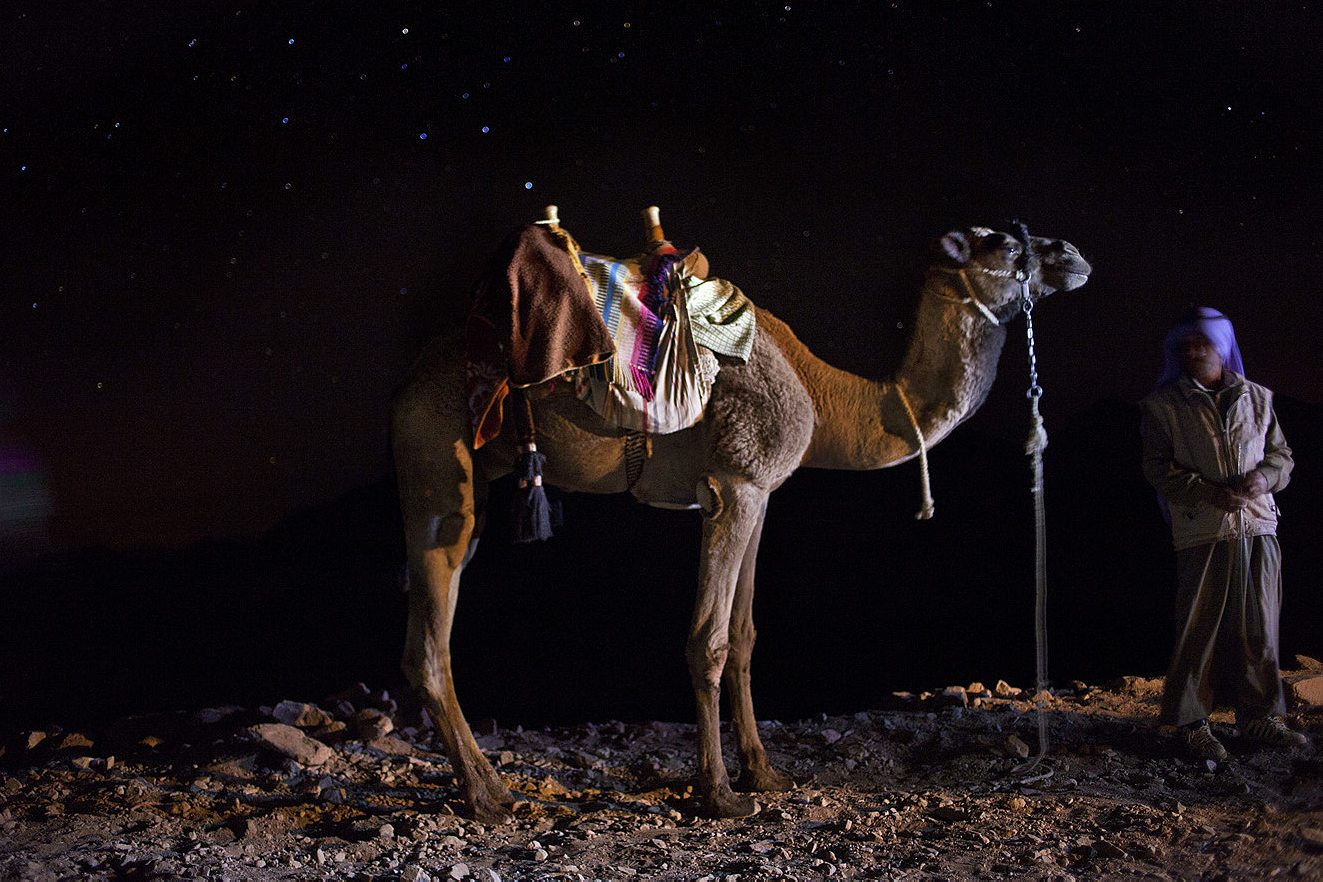
At the bottom of the trail and all along the path to the top of Mt. Sinai there are camels for rent. One of the jobs of the camel touts: describe the height of the mountain and the number of steps left at each of the small coffee shops.
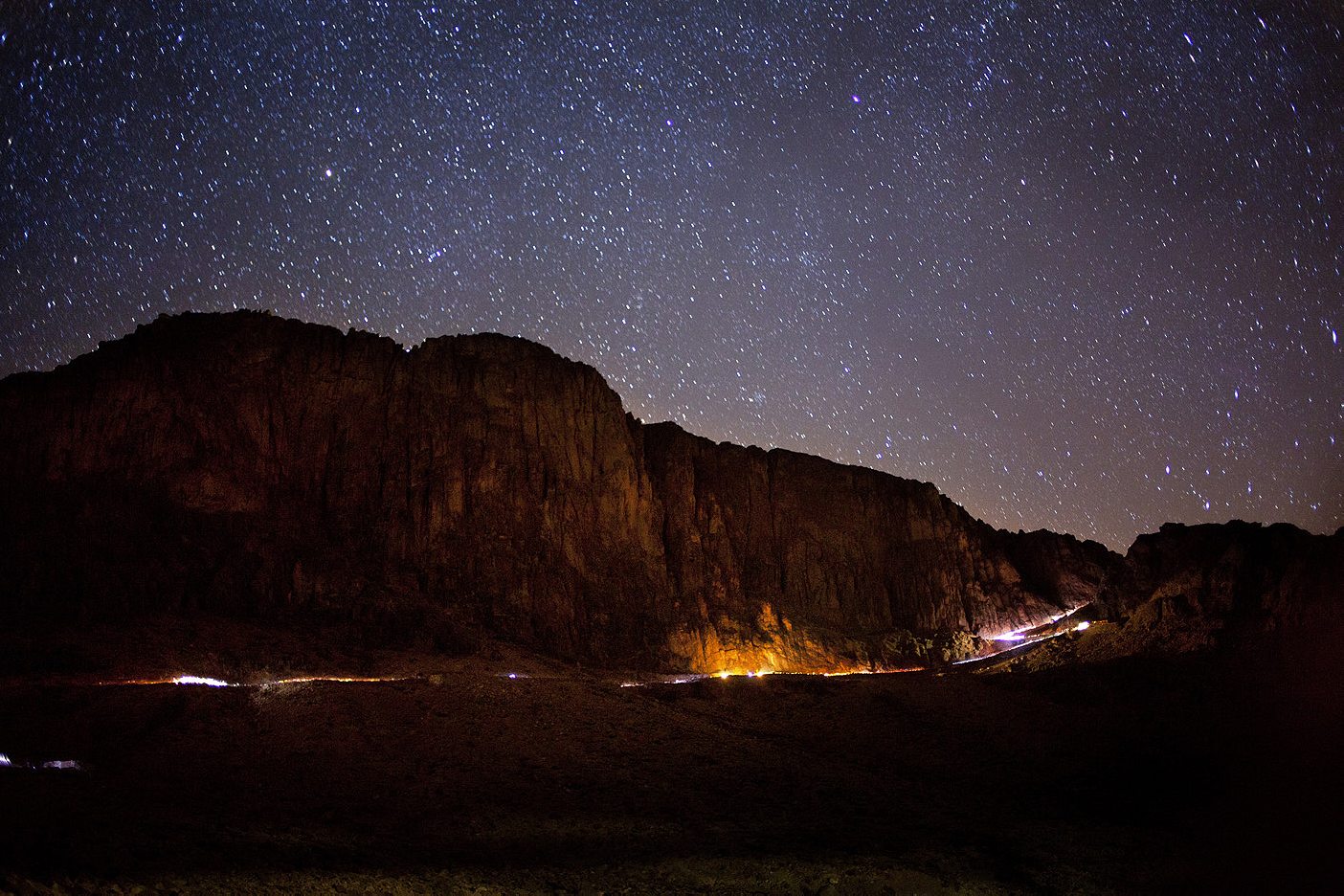
The path up the mountain has no lights except for the flashlights that tourists bring. On nights with a full moon it’s easy to make out the path, but when the moon is hidden the mountain can be pitch black.
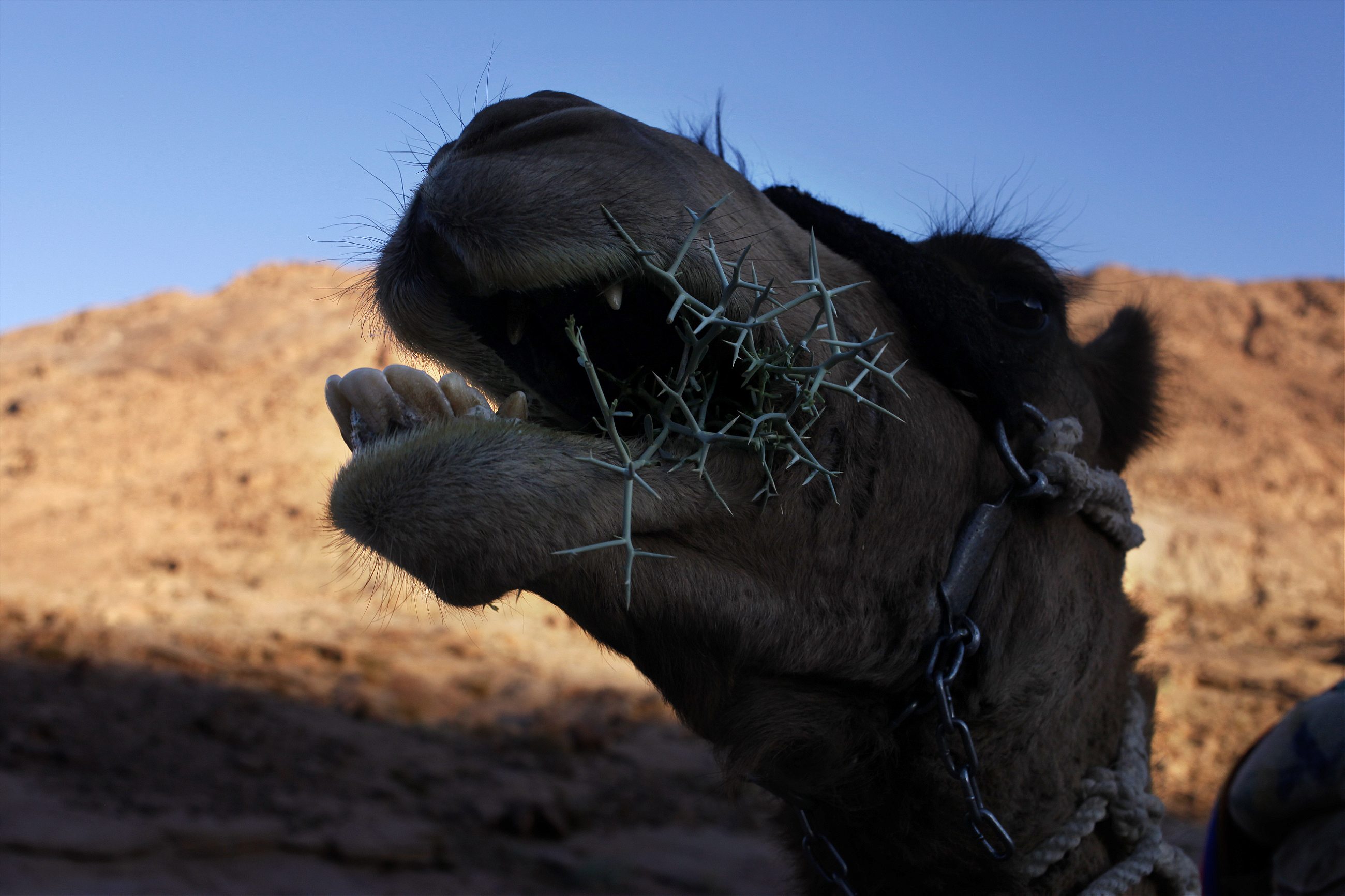
A camel from a riding school where instructors teach techniques used to control and ride a camel for long distance treks. The school is in a valley near Mt. Sinai and managed by Godon Wikinson and Yalla Jabaleya.
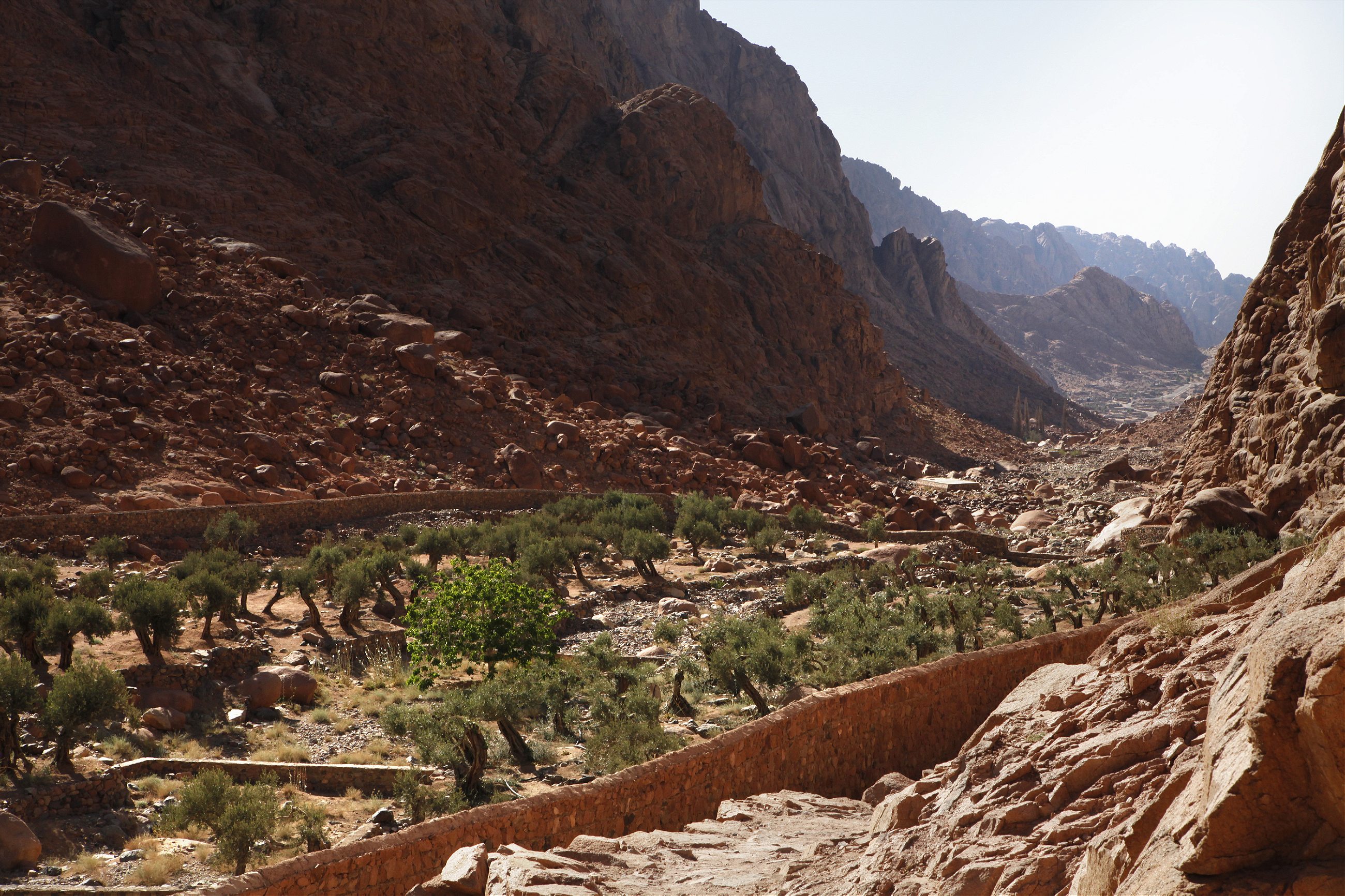
A third, less common route up the mountain takes a path by orchards and gardens as it slopes through wadis and canyons.

Picking fruit from an orchard in Mt. Sinai.

Stained hands from the fruit.
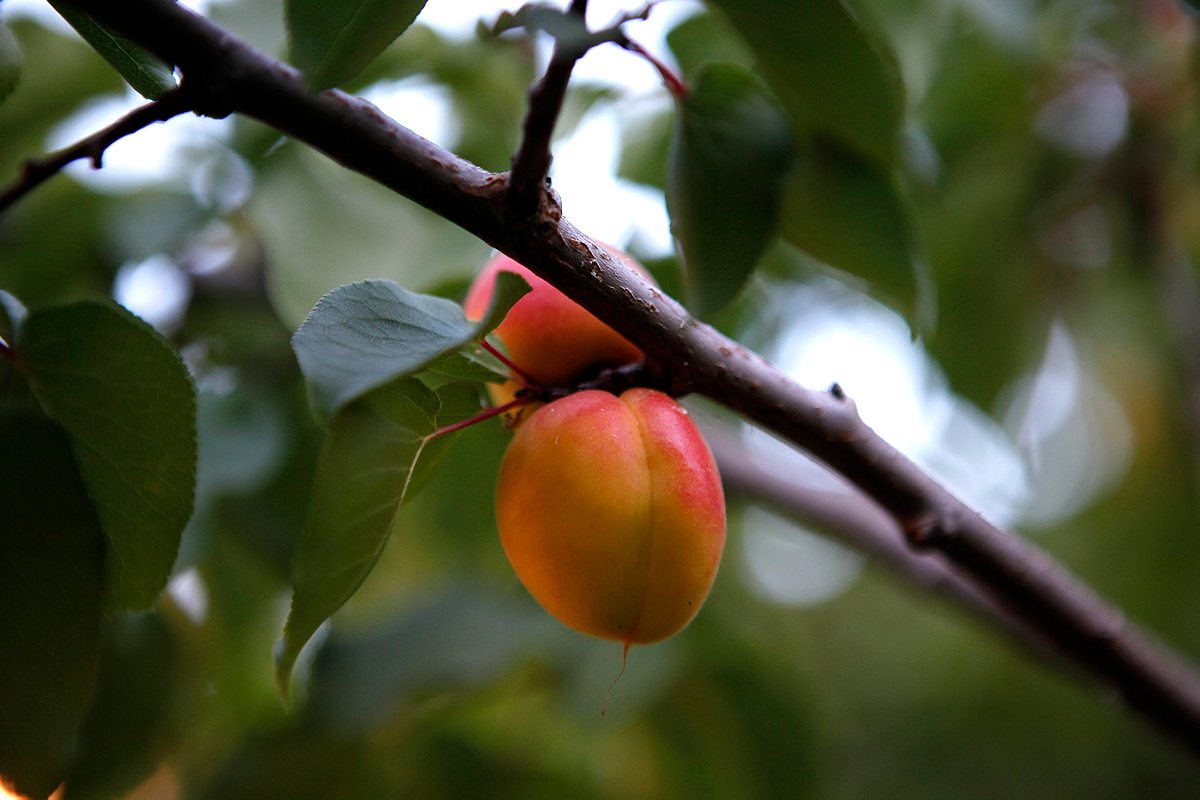
The not-so-forbidden fruit.